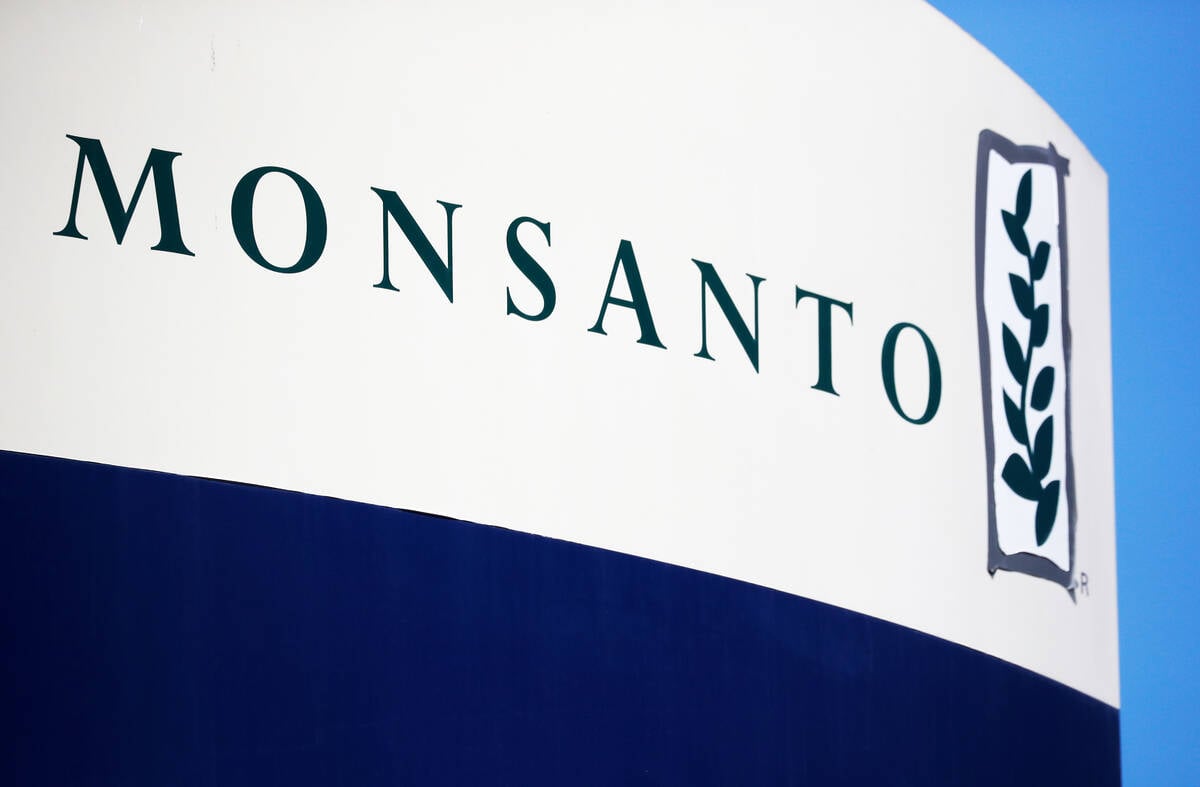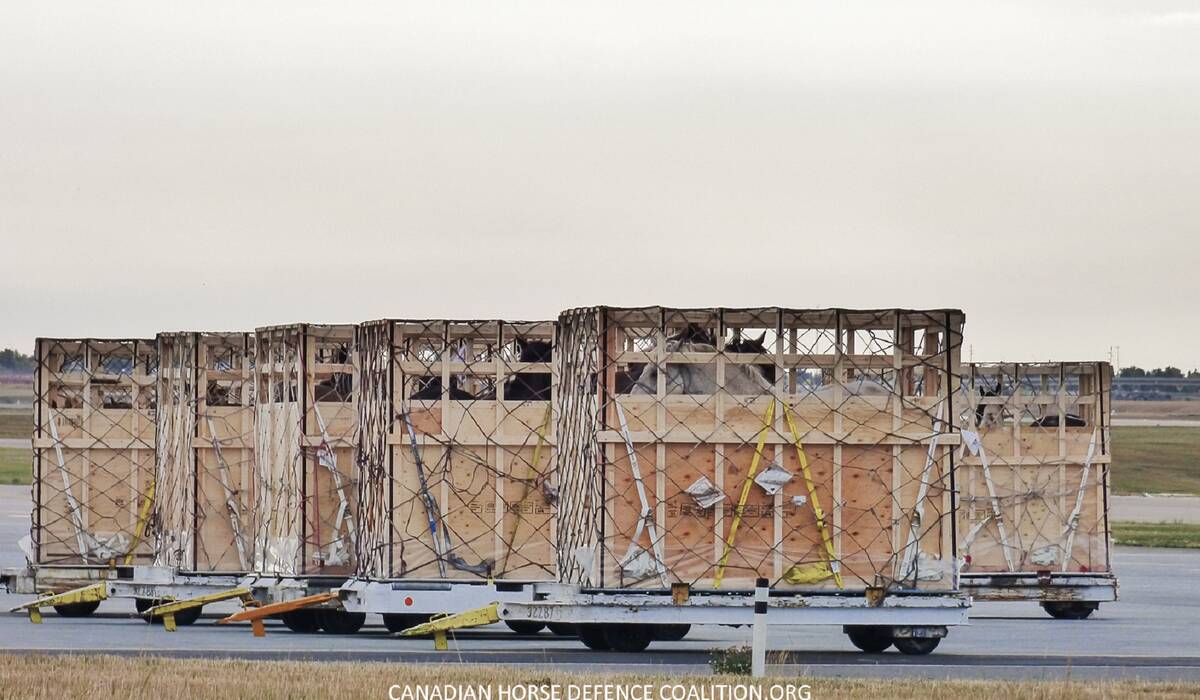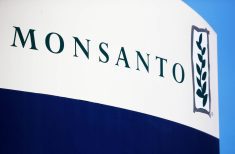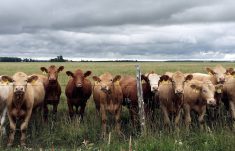Animal Justice taking exception to a livestock shipping practice isn’t a surprise.
Looking at their website, the animal rights group highlights animal transport under its list of causes. The page reads that federal laws and regulations applying to farmed livestock are “notoriously weak,” prioritize outcomes rather than prescriptions and, thus, do not account for animal suffering while being shipped, just that they arrive at their destination without “noticeable injury or illness.”
Of bigger issue to one Manitoba horse farm, as Don Norman recently reported, the group is staunchly against air export of horses for the slaughter market, which their website calls a “national shame.”
Read Also

Roundup retraction makes public trust ripples
A foundational study on glyphosate safety was recently retracted, while Roundup maker Bayer has already said it may ditch the key agricultural herbicide after lawsuits piled up.
The group points to federal rules around how long livestock can be in transit before getting a break for food, rest and water. That’s 24 hours without water for broiler chickens (28 hours between rest and food), 28 hours for horses and pigs and 36 hours for cattle old enough to no longer be nursing.
Animal Justice is in the process of taking that horse farm to court over a 2022 shipment they say went over those limits.
But their latest release criticized the same farm for apparently shipping the horses close to Winnipeg, offloading them at a feedlot overnight and then completing the journey to the airport. The group characterized it as a “workaround” in the rules to “reset the clock.”
Industry might bemusedly describe it as just plain following the rules. As well as maximum transport times without a break, regulations also set out how long those breaks must be. The clock can only restart after a mimimum eight consecutive hours of rest, according to Canada’s Health of Animals Regulations.
The foundation of the group’s latest criticism may also raise some eyebrows in the livestock sector. Parts of the argument sound eerily familiar, but it’s normally the livestock industry saying it.
Moira Harris, an animal welfare consultant quoted by Animal Justice, noted that that loading and unloading is “the most stressful and disruptive parts of transport” whether that transport is by road or by air, and that “introducing an additional stop within the journey could further disrupt the horses’ behaviour, increase their stress and reduce their welfare, compared to an uninterrupted trip.”
That’s weirdly similar to arguments Canada’s beef sector was shouting from the rooftops five years ago, when more restrictive federal rules around food, rest and water breaks were introduced.
Prior to that, cattle could be on the road for a maximum 48 hours before a break, and those breaks only had to be five hours long.
Those rules technically came into force in 2020 but, following outcry from industry, the federal govenrment introduced a two-year transition period. The full weight of the rules came down in 2022.
The beef sector has argued that the changes lacked scientific backing and that there was unfinished research (including some bankrolled partially by the federal government) that hadn’t had time to report in before changes came into effect. Further, industry worried, adding stops would potentially back up traffic at rest stops and create more cross-herd contact, risking illness. Industry also argued that, as Harris noted, loading and unloading is one of the biggest stressors of transportation. Most injuries happen at this time, they said, and adding stops might actually increase the risk of animals getting hurt.
Research has since backed some of that view. A study by the Beef Cattle Research Council, Agriculture and Agri-Food Canada and the universities of Calgary and Guelph failed to find signficiant benefit to rest stops during longer hauls of steer calves. Further work suggested that preconditioning calves might be far more effective. The study found those preconditioned calves ate better, grew better, were more active, had better immunity and showed less sign of stress after transportation.
This strange point of synergy between an animal rights group and industry is more ironic than indicative of common ground. Industry would like fewer transport restrictions. Animal advocacy groups would doubtless like things to go the other direction.
The Canadian Food Inspection Agency, meanwhile, has said that the 2020 changes improve animal welfare and enhance public trust in a world where the consumer is increasingly concerned about humane animal treatment.
There’s nothing wrong with being forced to take a hard look at what you’re doing and seeing if there are things you can do better. There’s also nothing wrong with accountability and fostering public trust. Agriculture, particularly animal agriculture, needs that.
But we strive to base policy on good science rather than ideology for a reason. Given one politically convenient option versus a less publically sellable one with more science behind it, we need to be able to trust that our policy makers will let the science win out.
















